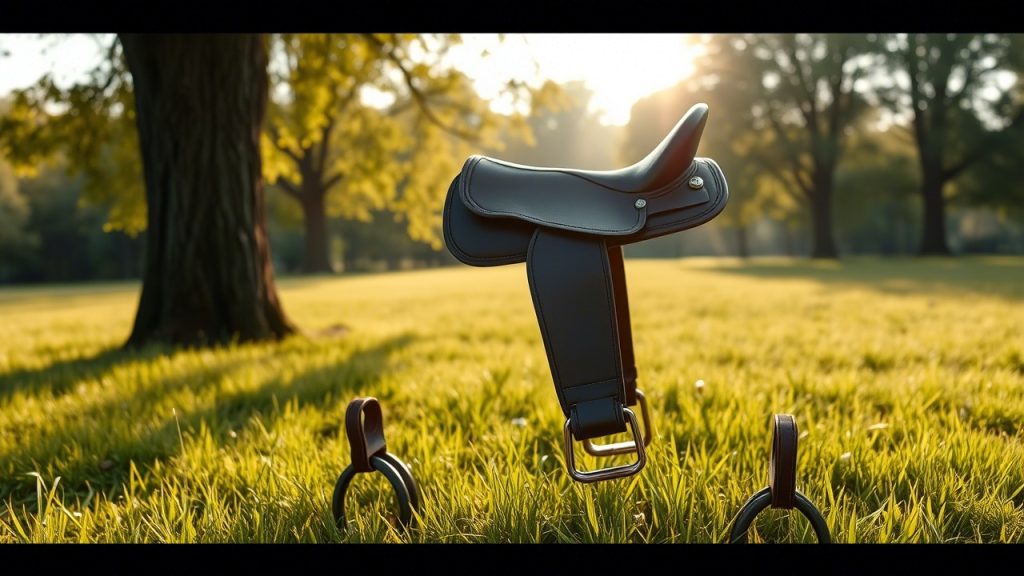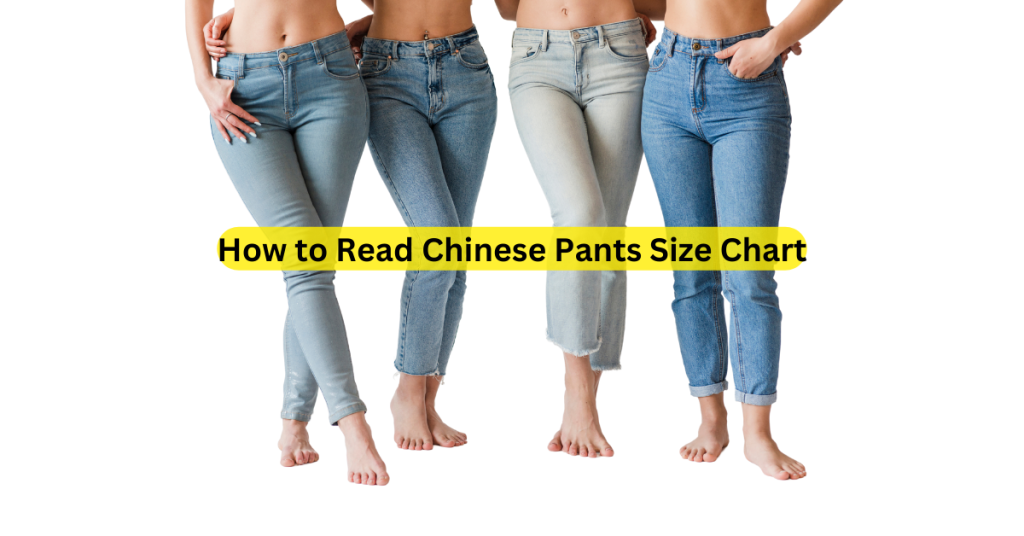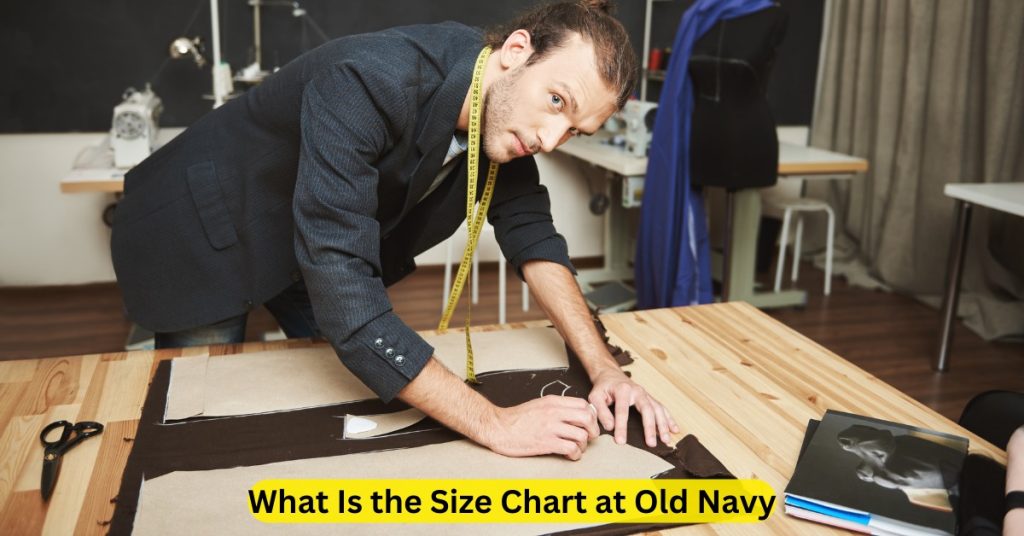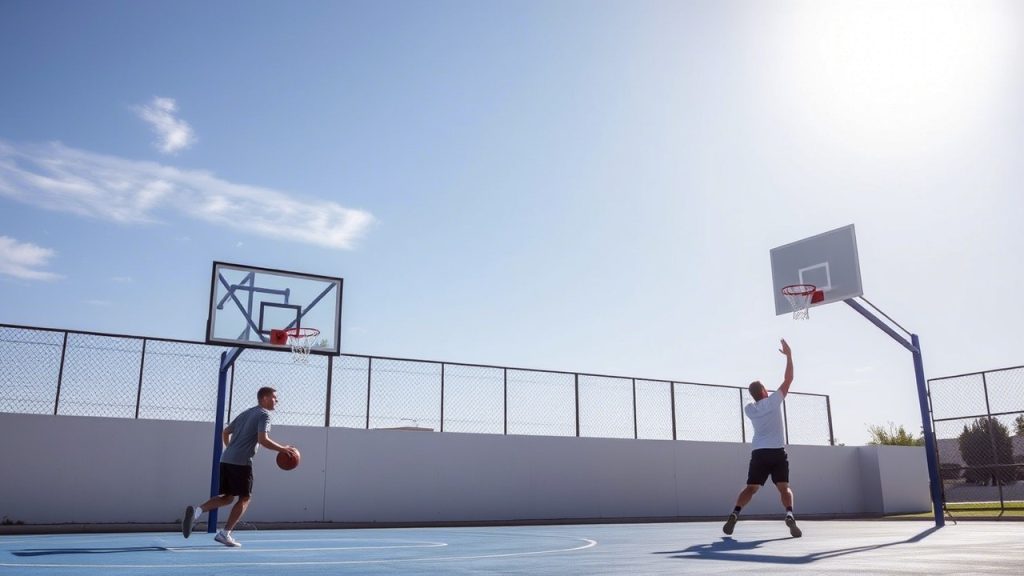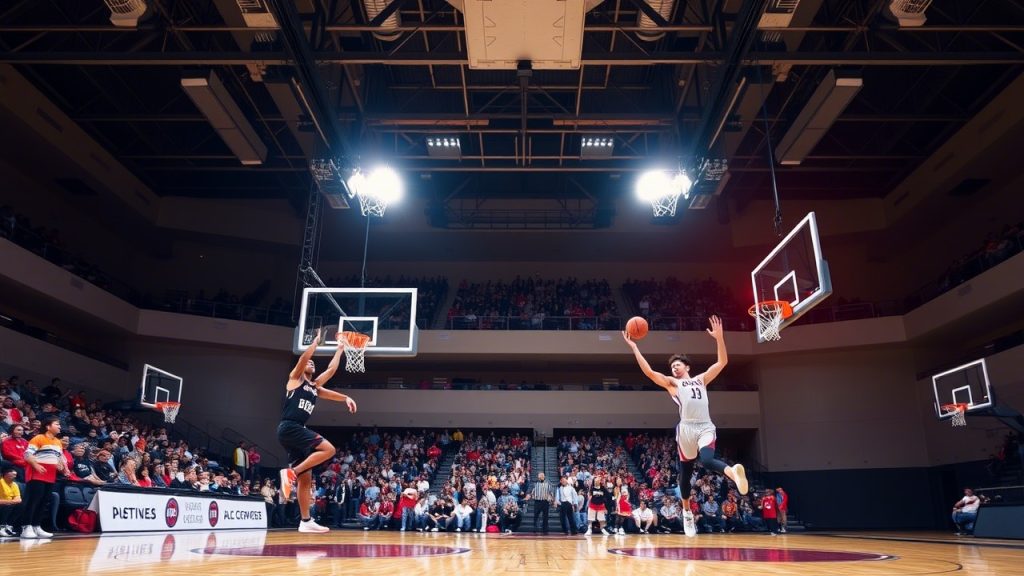Training sessions with horses, whether for young horses, green riders, or advanced disciplines like dressage or jumping, demand equipment that prioritizes safety, comfort, and control. A poorly fitting saddle can lead to rider instability, horse discomfort, or even accidents, undermining the effectiveness of training. The right saddle enhances rider security, supports the horse’s movement, and fosters confidence for both, making training sessions safer and more productive. We explore the 9 best saddles for safer training sessions, tailored to various disciplines and rider levels, ensuring you and your horse can focus on learning without compromising safety.
This post covers top saddles designed for secure seating, proper fit, and horse comfort, along with tips for choosing the right saddle and answers to 9 frequently asked questions. Whether you’re schooling a young horse, teaching a beginner rider, or refining advanced skills, these saddles will help create a safe and effective training environment.
Why Saddle Safety Matters in Training
Training sessions are dynamic environments where horses and riders are often pushed to learn new skills or refine existing ones. Young horses may be unpredictable, beginner riders may lack balance, and advanced maneuvers require precise control. A saddle that’s too narrow, too wide, or poorly designed can cause:
- Rider Instability: Slippery seats or shallow designs can lead to falls, especially during sudden movements.
- Horse Discomfort: Ill-fitting saddles can pinch, rub, or restrict movement, causing resistance or behavioral issues.
- Miscommunication: An unstable rider or uncomfortable horse can disrupt cues, hindering training progress.
- Injury Risk: Pressure points or improper weight distribution can lead to soreness, lameness, or long-term damage.
The best saddles for training sessions prioritize deep seats, secure stirrup systems, adjustable features, and horse-friendly designs to minimize these risks. They ensure the rider stays balanced, the horse moves freely, and both can focus on the task at hand.
How We Selected the Best Saddles
To identify the 9 best saddles for safer training sessions, we evaluated products based on:
- Rider Security: Deep seats, high cantles, or thigh blocks to keep riders stable during dynamic movements.
- Horse Comfort: Wide gullets, flexible trees, or padded panels to prevent pinching and ensure freedom of movement.
- Adjustability: Features like adjustable gullets or flocking to accommodate growing horses or multiple riders.
- Durability: High-quality leather or synthetic materials to withstand frequent use in training.
- Discipline Suitability: Saddles tailored for dressage, jumping, general purpose, or beginner training.
- Expert and User Feedback: Insights from saddle fitters, trainers, and rider reviews, focusing on safety and performance.
Let’s dive into the saddles that will make your training sessions safer and more effective.
The 9 Best Saddles for Safer Training Sessions
1. Wintec 500 All Purpose Saddle
- Price: ~$600
- Best For: Beginner riders, general training
- Key Features: Adjustable gullet, synthetic material, deep seat
The Wintec 500 All Purpose Saddle is a favorite for training beginners due to its adjustable gullet system, which fits a wide range of horses, from ponies to warmbloods. Its synthetic material is durable and easy to clean, ideal for frequent use. The deep seat and padded knee rolls provide rider security, helping novices stay balanced during trot transitions or unexpected spooks. Trainers praise its versatility for flatwork and low jumps, making it a safe, budget-friendly choice for riding schools.
2. Bates Advanta Dressage Saddle
- Price: ~$2,000
- Best For: Dressage training
- Key Features: Adjustable gullet, deep seat, large knee blocks
Designed for dressage, the Bates Advanta offers a deep seat and large knee blocks to keep riders centered during lateral work or collected movements. Its adjustable gullet and CAIR cushion system ensure a custom fit for the horse, reducing pressure points that could cause resistance in training. The flexible tree supports the horse’s back movement, promoting suppleness. Dressage trainers note its ability to enhance rider position, making it ideal for schooling young horses or refining advanced skills.
3. Stubben Roxane S Jumping Saddle
- Price: ~$2,500
- Best For: Jumping training
- Key Features: Forward-cut flaps, thigh blocks, wool flocking
The Stubben Roxane S is built for jump training, with forward-cut flaps and prominent thigh blocks to secure riders over fences. Its medium-deep seat balances freedom for two-point positions with stability during flatwork. The wool-flocked panels conform to the horse’s back, ensuring comfort during repetitive jumping sessions. Riders report fewer slips during tight turns or refusals, making it a safe choice for schooling green horses or teaching riders to jump.
4. Thorowgood T4 Cob GP Saddle
- Price: ~$800
- Best For: Wide-backed horses, general training
- Key Features: Adjustable gullet, short panels, high cantle
The Thorowgood T4 Cob GP is designed for wide-backed horses like cobs or draft crosses, common in training barns. Its adjustable gullet and short panels prevent bridging, ensuring even weight distribution. The high cantle and deep seat keep riders secure, especially during unpredictable moments with young horses. Its synthetic leather is durable and low-maintenance, ideal for daily training. Trainers appreciate its fit for hard-to-fit horses, enhancing safety for both horse and rider.
5. Albion K2 Genesis Dressage Saddle
- Price: ~$3,000
- Best For: Advanced dressage training
- Key Features: Adjustable tree, deep seat, customizable flocking
The Albion K2 Genesis is a premium dressage saddle with an adjustable tree and customizable flocking, allowing precise fitting for evolving horses. Its deep seat and subtle knee rolls promote a correct, upright position, crucial for advanced dressage training. The wide gullet and padded panels support the horse’s back, reducing discomfort during long sessions. Riders value its stability during complex movements like piaffe, making it a safe choice for high-level training.
6. Pessoa Gen-X All Purpose Saddle
- Price: ~$1,800
- Best For: Versatile training, young horses
- Key Features: Interchangeable gullet, medium-deep seat, XCH system
The Pessoa Gen-X All Purpose Saddle is ideal for training young horses due to its interchangeable XCH gullet system, which adapts to growing or changing conformations. The medium-deep seat and padded knee rolls offer rider security without restricting movement, suitable for flatwork and low jumps. Its leather construction and foam panels ensure horse comfort, minimizing resistance. Trainers highlight its balance, helping riders stay centered during unpredictable behaviors, enhancing safety.
7. Collegiate Instructor Saddle
- Price: ~$1,000
- Best For: Riding schools, beginner training
- Key Features: Synthetic material, deep seat, long flaps
The Collegiate Instructor Saddle is purpose-built for riding schools, with a deep seat and long flaps to accommodate riders of various sizes. Its synthetic material withstands heavy use, and the wide gullet fits most lesson horses. The high cantle and knee rolls provide extra security for beginners learning to post or canter. Riding instructors praise its ability to keep novice riders stable, reducing fall risks during group lessons.
8. Passier Compact Dressage Saddle
- Price: ~$2,800
- Best For: Dressage, small riders
- Key Features: Compact design, deep seat, PS tree
The Passier Compact Dressage Saddle is designed for smaller riders or ponies, with a compact seat and PS tree that ensures a snug fit for the horse. Its deep seat and thigh blocks keep riders secure during lateral work or transitions, ideal for dressage training. The wool-flocked panels distribute weight evenly, preventing soreness in sensitive horses. Trainers note its ability to enhance rider confidence, making it a safe option for schooling delicate or reactive horses.
9. Tucker Trail Saddle
- Price: ~$1,500
- Best For: Trail training, endurance
- Key Features: Western design, padded seat, round skirt
The Tucker Trail Saddle, a Western option, is perfect for trail training or endurance sessions. Its padded seat and high cantle provide rider security, while the round skirt and medium gullet fit gaited or stocky horses. The flexible tree allows freedom of movement, reducing resistance during long rides. Trail trainers value its durability and comfort, ensuring safety for riders navigating uneven terrain or training horses for trail work.
How to Choose the Right Saddle for Safe Training Sessions
Selecting a saddle that enhances safety during training involvesshe requires understanding your horse’s conformation, your riding style, and the demands of training. Here are key factors to consider:
- Horse Fit: Ensure the saddle fits your horse’s back, with a wide gullet (at least 6.5–7 inches) and properly flocked panels to avoid pinching or bridging. Use a professional fitter to measure your horse’s withers and back shape.
- Rider Security: Look for deep seats, high cantles, or thigh blocks (e.g., Bates Advanta) to keep riders stable, especially for beginners or during unpredictable horse behaviors.
- Adjustability: Saddles with adjustable gullets or flocking (e.g., Wintec 500) accommodate growing horses or multiple lesson horses, ensuring a consistent fit.
- Discipline-Specific Design: Choose saddles tailored to your training focus—dressage (e.g., Albion K2), jumping (e.g., Stubben Roxane), or all-purpose (e.g., Pessoa Gen-X) for versatility.
- Material Quality: Opt for durable leather or synthetic materials (e.g., Collegiate Instructor) to withstand frequent use. Synthetic saddles are low-maintenance and budget-friendly.
- Stirrup Safety: Use safety stirrups or breakaway stirrup leathers to prevent dragging in case of a fall, enhancing rider safety.
- Trial Periods: Test saddles through shop trials or brand demo programs to ensure they suit both horse and rider before purchasing.
- Professional Fitting: Regular saddle fittings (every 6–12 months) ensure the saddle adapts to changes in the horse’s muscle development, maintaining comfort and safety.
Tips for Safer Training Sessions with Your Saddle
- Check Saddle Fit Regularly: Inspect for even sweat marks and no pressure points after rides. Adjust flocking or shims as needed with a fitter’s help.
- Use Safety Stirrups: Equip saddles with peacock stirrups or breakaway leathers to reduce fall risks, especially for beginners.
- Warm Up Properly: Include stretching and suppling exercises for the horse to prevent tension that could lead to resistance or spooking.
- Maintain Rider Position: Practice a balanced seat, keeping heels down and shoulders back, to stay secure in the saddle (e.g., Stubben Roxane’s thigh blocks).
- Use Proper Tack: Pair the saddle with a well-fitted bridle and mild bit to ensure clear communication, reducing confusion during training.
- Clean and Inspect: Regularly clean leather saddles and check stitching or billets for wear to prevent equipment failure.
- Work with a Trainer: A qualified instructor can correct rider errors and horse behaviors, enhancing safety during sessions.
- Choose Appropriate Footing: Train in arenas with safe, well-maintained footing to reduce slipping risks for both horse and rider.
Common Myths About Saddles for Training
- Myth: Expensive saddles are always safer.
Truth: Fit and design matter more than price. Budget-friendly options like the Wintec 500 can be safe if properly fitted. - Myth: A deep seat restricts rider movement.
Truth: Deep seats (e.g., Bates Advanta) enhance stability without limiting mobility when designed for the discipline. - Myth: One saddle fits all horses in a barn.
Truth: Horses have unique conformations. Adjustable saddles (e.g., Thorowgood T4) or multiple saddles ensure proper fit for safety.
Frequently Asked Questions
1. How do I know if a saddle is safe for training sessions?
A safe saddle fits the horse’s back without pinching, has a deep seat or thigh blocks for rider stability, and is made of durable materials. Check for even sweat marks post-ride and ensure the gullet clears the withers.
2. What’s the best saddle for beginner riders?
Saddles like the Wintec 500 All Purpose or Collegiate Instructor, with deep seats and high cantles, provide security for novices learning to balance and control.
3. Can a poorly fitting saddle cause training accidents?
Yes, a saddle that pinches or restricts movement can cause horse resistance or spooking, leading to rider falls. Ensure proper fit with a fitter’s help.
4. Are adjustable gullets necessary for training saddles?
Adjustable gullets (e.g., Pessoa Gen-X) are ideal for training barns with multiple horses or growing young horses, ensuring a safe, custom fit.
5. How does a saddle affect rider safety?
A saddle with a deep seat, thigh blocks, or high cantle (e.g., Stubben Roxane) keeps riders secure during sudden movements, reducing fall risks.
6. What’s the best saddle for training young horses?
Versatile saddles like the Pessoa Gen-X or Thorowgood T4, with adjustable features and balanced seats, support unpredictable behaviors while ensuring horse comfort.
7. How often should I have my saddle fitted?
Check fit every 6–12 months, as horse muscle development changes. A professional fitter can adjust flocking or recommend shims for safety.
8. Are synthetic saddles as safe as leather ones?
Yes, synthetic saddles like the Wintec 500 are durable and safe if properly fitted. They’re often more affordable and easier to maintain for training barns.
9. Can safety stirrups make training sessions safer?
Safety stirrups, like peacock stirrups or breakaway leathers, release during falls, preventing dragging. They’re highly recommended for beginners and jump training.
Conclusion
A well-chosen saddle is the cornerstone of safe and effective training sessions, providing rider stability, horse comfort, and clear communication. From the budget-friendly Wintec 500 to the premium Albion K2 Genesis, these 9 best saddles for safer training sessions cater to diverse disciplines and rider levels. Prioritize proper fit, adjustable features, and discipline-specific designs to ensure both you and your horse can focus on learning without distraction or discomfort.
Work with a professional fitter, test saddles through trials, and pair your saddle with safety stirrups and proper training techniques to maximize safety. Ready to make your training sessions safer? Visit a local tack shop or explore online retailers to find the perfect saddle for your needs.
Happy training!

